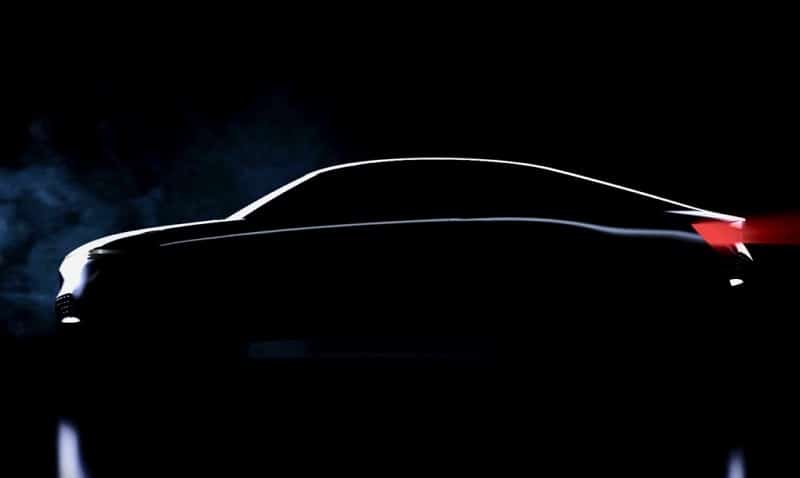What began as a university project by students at TU Eindhoven in the Netherlands in 2013 has this week reached a satisfying denouement as the world’s first solar-powered family car officially hits the market.
The Lightyear One was developed by the team that won the Bridgestone World Solar Challenge in the 2013 cruiser class, which is a solar-powered car race held every year. After spending years developing the race-winning vehicle, the students turned their attention to making the prototype a commercially viable family saloon option, and now has five orders for its €119,000 ($135,000) car.
“We used all the student-time knowledge to develop a commercial solar car,” said Lightyear’s Tesse Hartjes. Assembled in the Netherlands at the Helmond Automotive Campus, and built using Dutch parts, the launch of the Lightyear One is expected to be achieved with investment of just a few million euros. Ordinarily, a new model car launch can cost up to €1 billion euros, but Lightyear believes that its niche offering will attract enough consumers and investors.
Lightyear is confident of securing an addition 200 orders for its flagship vehicle by early next year. The Lightyear One has a 500-mile driving range and could theoretically cover 10,000 km a year under Dutch sunshine, doubling to more than 20,000 km in sunnier climes such as Hawaii and California.
The vehicle is fitted with integrated solar panels at optimum locations across the roof and hood, with a battery that stores the energy harvested. While the Lightyear One does feature a standard charging point typical of normal electric vehicles (EVs), the company CEO Lex Hoefsloot believes that the car can be operated completely independently of charging points.
“It’s a revolutionary step forward in electric mobility because we are able to combine a great look with extreme efficiency,” said Hoefsloot. “The first model makes science fiction become reality: cars powered using just the sun.”
The CEO added that the vehicle is ideal for eco-conscious drivers who live in regions with few EV charging stations. “This is a statement to show that electric cars are ready for every corner of the planet,” said Hoefsloot. “It is the first step in our mission to make EVs available for everyone.”
The U.S. is the launch market for the Lightyear One, with European deliveries expected in early 2019. The company said.
Other companies have worked on the idea of solar-powered cars for quite some time, but there has been no rush to bring such prototypes to market en masse, at least not yet. Chinese thin-firm aspirant Hanergy unveiled a model in 2015, but the current surge of EVs has served to stymie interest in solar-powered models.
This content is protected by copyright and may not be reused. If you want to cooperate with us and would like to reuse some of our content, please contact: editors@pv-magazine.com.








From my napkin math as someone who works in the solar equipment industry. The top end cell technology could push a Tesla model S about 10 to 12 miles per day in 5.5 hours of sun parked outside. Maybe a bit off but interesting to think about. Lighter less flashy and equipped cars could go further. Just working from easily accessible data online.
Just curious, your calc for the Tesla is based on how many meters squared of exposed surface? Do you include the glass?